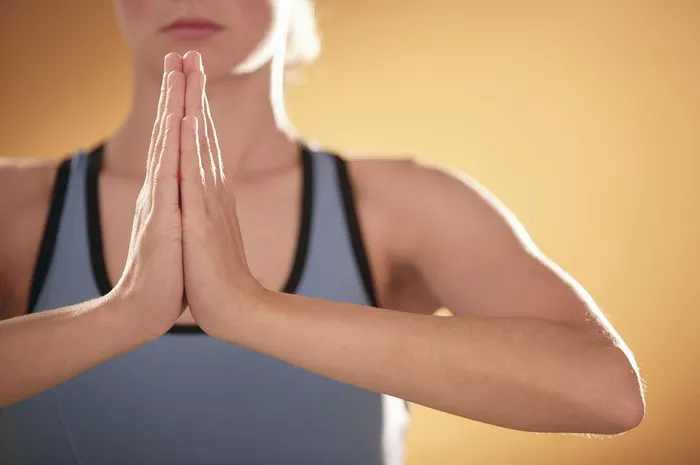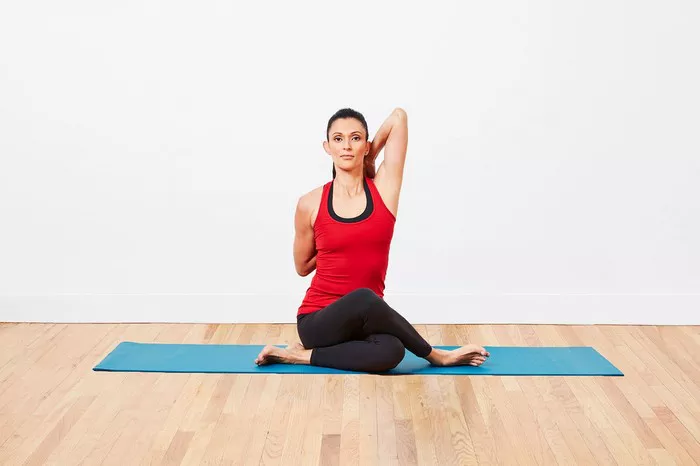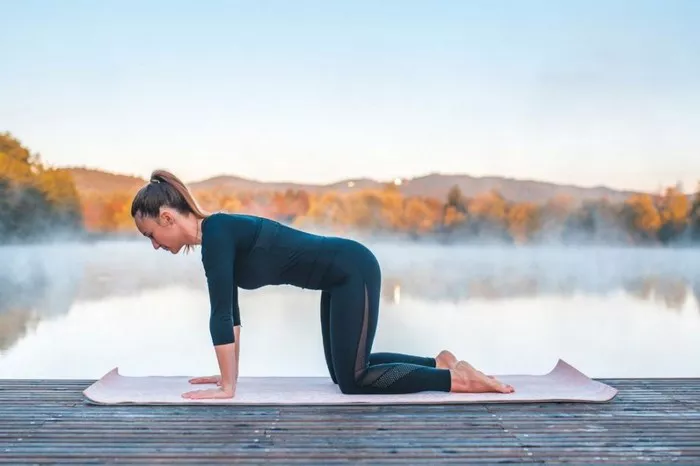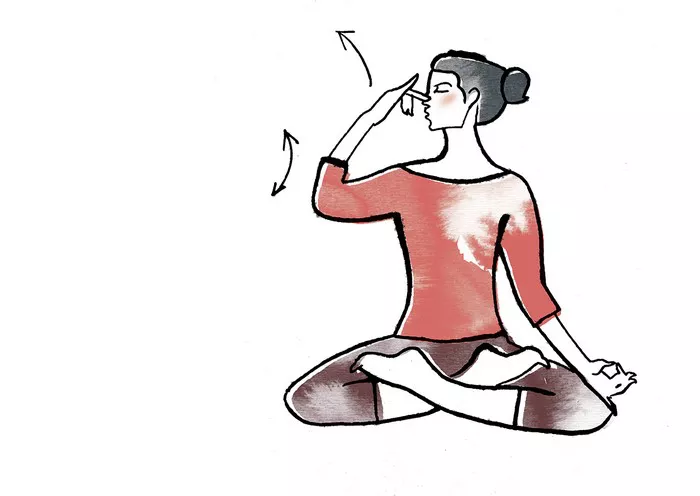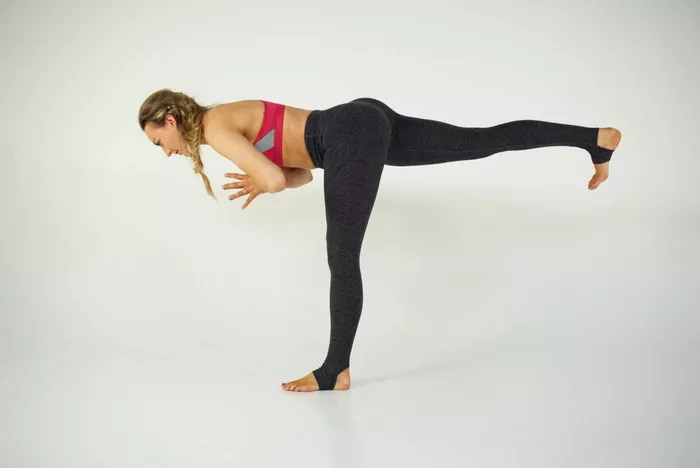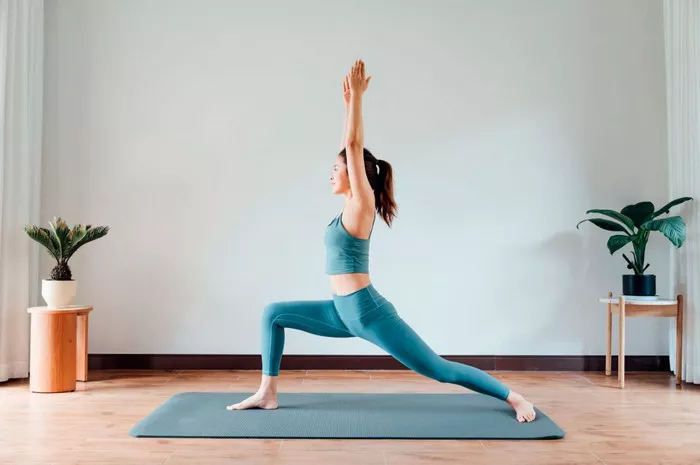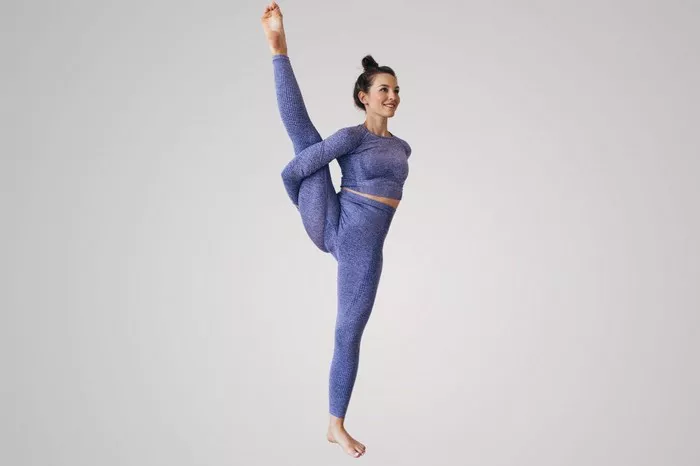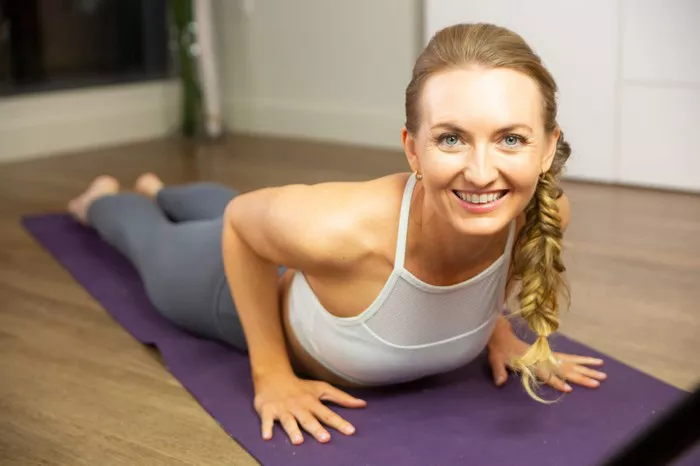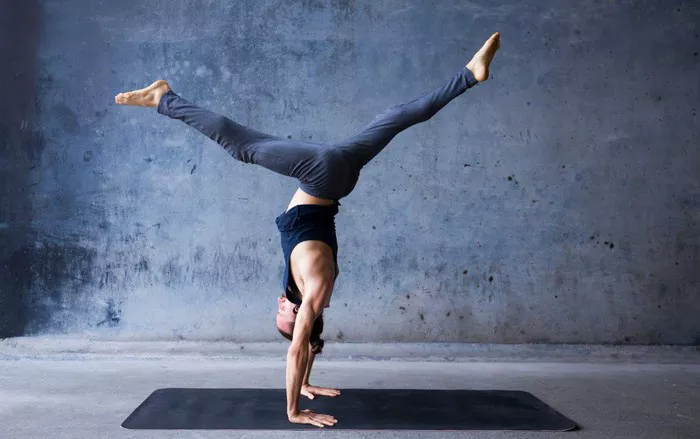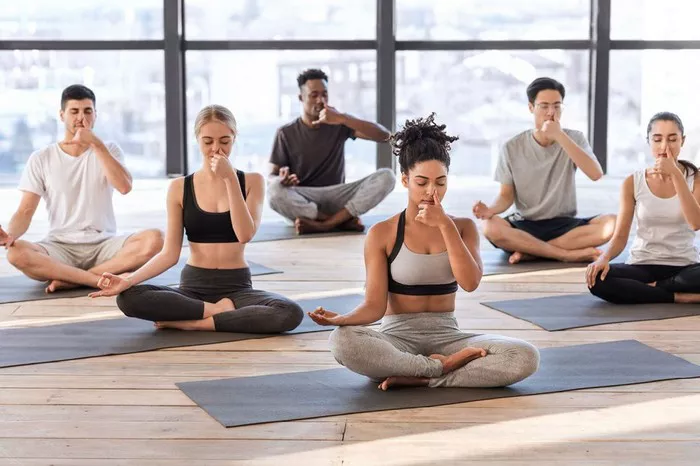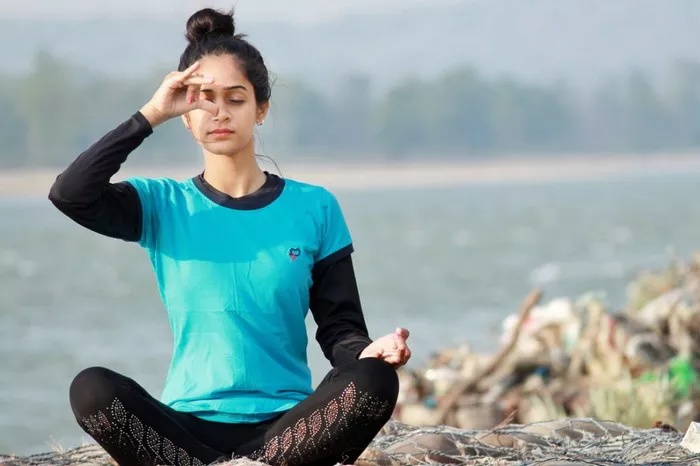Neck and shoulder pain has become a common complaint in modern life. Whether due to long hours at the computer, poor posture, stress, or sedentary habits, the discomfort can interfere with our daily activities and diminish quality of life. Fortunately, yoga offers a holistic approach to relieving neck and shoulder pain by addressing not only the physical tension but also the underlying stress that often contributes to it. With years of experience teaching yoga to people from all walks of life, I can confidently say that the right type of yoga, practiced with proper guidance and consistency, can significantly reduce neck and shoulder pain.
In this article, we will explore which styles of yoga are best suited for addressing neck and shoulder pain, examine specific poses and sequences that target these areas, and provide guidance on how to practice safely and effectively.
Understanding the Causes of Neck and Shoulder Pain
Before diving into yoga styles and poses, it’s essential to understand the common causes of neck and shoulder pain:
- Poor Posture: Slouching, forward head posture, and rounded shoulders put continuous strain on the muscles and joints of the upper body.
- Prolonged Sitting: Many people spend hours sitting at desks without adequate movement or ergonomic support.
- Stress and Tension: Emotional stress often manifests physically in the form of tight shoulders and a stiff neck.
- Injuries and Repetitive Motion: Strain from sports, improper lifting, or repetitive tasks can also lead to chronic pain.
Yoga helps to reverse these effects by promoting better alignment, improving body awareness, and encouraging deep relaxation.
Best Yoga Styles for Neck and Shoulder Pain
While most forms of yoga can offer benefits, certain styles are particularly effective for relieving neck and shoulder discomfort. Here are the top styles I recommend:
1. Hatha Yoga
Hatha yoga is a gentle, slow-paced practice that emphasizes alignment and mindfulness. It is ideal for beginners and those dealing with pain or stiffness. The deliberate pace allows practitioners to focus on proper posture and develop the foundational skills necessary for deeper practice.
Benefits for Neck and Shoulders:
- Emphasizes alignment and posture
- Reduces muscle stiffness
- Encourages conscious breathing and relaxation
2. Iyengar Yoga
Iyengar yoga is known for its precise attention to alignment and the use of props such as blocks, straps, and bolsters. This style is particularly therapeutic and suitable for individuals with injuries or chronic pain.
Benefits for Neck and Shoulders:
- Uses props to ensure safe alignment
- Allows long holds that facilitate muscle release
- Focuses on posture correction
3. Yin Yoga
Yin yoga targets the connective tissues and encourages deep release through long-held, passive poses. Although less dynamic, it is profoundly effective for releasing tension stored in the upper back, neck, and shoulders.
Benefits for Neck and Shoulders:
- Deep tissue release
- Reduces chronic tension and tightness
- Enhances flexibility and mobility
4. Restorative Yoga
Restorative yoga is deeply relaxing and involves holding supported poses for extended periods. It is excellent for calming the nervous system and releasing stress-induced tension.
Benefits for Neck and Shoulders:
- Promotes deep relaxation
- Alleviates stress and anxiety
- Relieves muscular tension
5. Viniyoga
Viniyoga is a therapeutic style that adapts to individual needs, often used in yoga therapy. It incorporates breath-centered movement and is highly effective in addressing specific physical conditions, including neck and shoulder pain.
Benefits for Neck and Shoulders:
- Personalized practice
- Breath-guided movement
- Gentle yet effective stretching
Recommended Yoga Poses for Neck and Shoulder Relief
Here are some of the most effective poses for alleviating neck and shoulder pain. These can be integrated into your practice regardless of style:
1. Cat-Cow Stretch (Marjaryasana-Bitilasana)
Gently warms up the spine and releases tension in the neck and shoulders.
How to do it:
- Start in a tabletop position.
- Inhale, arch the back and lift the head and tailbone (Cow).
- Exhale, round the back, tuck the chin and pelvis (Cat).
2. Thread the Needle (Parsva Balasana)
A gentle twist that targets the shoulders and upper back.
How to do it:
- From tabletop, slide the right arm under the left and rest your right shoulder and head on the mat.
- Hold and breathe deeply.
3. Child’s Pose (Balasana)
Relaxes the spine, neck, and shoulders.
How to do it:
- Kneel and sit back on the heels.
- Fold forward with arms extended or by your sides.
- Rest your forehead on the ground or a block.
4. Shoulder Rolls and Neck Stretches
Simple movements to relieve tightness.
How to do it:
- Roll shoulders forward and backward slowly.
- Tilt the head side to side, forward and back to stretch neck muscles.
5. Eagle Arms (Garudasana Arms)
Opens the upper back and shoulders.
How to do it:
- Wrap one arm under the other, bend elbows, and bring palms together.
- Lift elbows and stretch the shoulders.
6. Supported Fish Pose (Matsyasana Variation)
A gentle chest opener using props.
How to do it:
- Lie on your back with a bolster or rolled blanket under your upper spine.
- Open arms to the sides and relax.
Sequencing and Practice Tips
Consistency is key when it comes to using yoga for pain relief. Here are some practice tips:
- Start Slowly: Begin with short, gentle sessions to allow the body to adjust.
- Use Props: Support your body to avoid strain and improve alignment.
- Breathe Mindfully: Deep breathing enhances relaxation and body awareness.
- Avoid Strain: Never force a movement. Pain is a signal to back off.
- Be Consistent: Practice regularly, even if only for 10-15 minutes a day.
- Consult a Professional: If pain is severe or persistent, work with a qualified yoga therapist or medical professional.
When to Avoid or Modify Yoga
While yoga is generally safe, certain situations require caution:
- Acute Injury: Avoid practicing during the acute phase of an injury unless guided by a professional.
- Severe Pain: If movements increase your pain, stop and seek medical advice.
- Existing Conditions: Modify poses if you have conditions like herniated discs, cervical spondylosis, or frozen shoulder.
Incorporating Yoga into Daily Life
You don’t need a full class every day to benefit from yoga. Try integrating short practices into your routine:
- Morning stretch sequence
- Midday shoulder release at your desk
- Evening restorative pose to unwind
Yoga can also be paired with other practices such as:
- Massage therapy
- Ergonomic workspace adjustments
- Mindfulness meditation
- Stress management techniques
Final Thoughts
When practiced mindfully and consistently, yoga can be a powerful tool for relieving neck and shoulder pain. Whether you choose the gentle alignment of Hatha, the precision of Iyengar, the deep release of Yin, the relaxation of Restorative, or the personalized approach of Viniyoga, you can find a style that suits your needs and promotes healing.
Always listen to your body, modify as needed, and seek professional guidance if you’re dealing with chronic or severe pain. With time and dedication, yoga can help restore comfort, mobility, and a greater sense of well-being to your neck and shoulders.
Related Topics:

